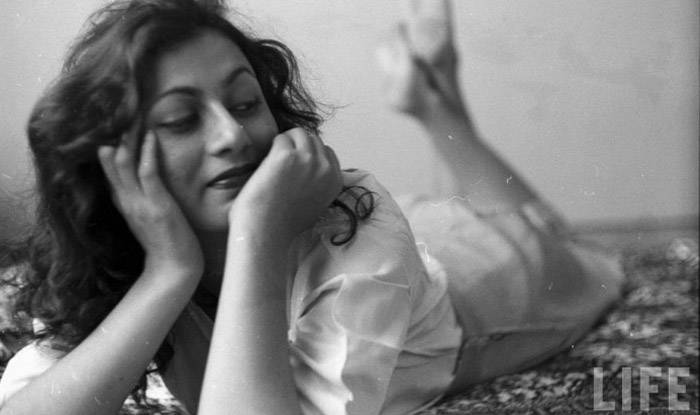Author: Ashish Dwivedi
-
by
Ashish’s FaceoftheMonth: Jaddanbai
Our Film Editor shares with us a woman we should all know!
-
by
Ashish’s FaceoftheMonth: Shanta Apte
In his latest edition of FOTM, Ashish guides us through the exhilarating career of Shanta Apte.
-
by
Ashish’s FaceoftheMonth: Padmini
Ashish shares a beautiful homage to actress, Padmini, in his FaceOfTheMonth series.
-
by
Ashish’s FaceoftheMonth: Dilip Kumar
Ashish Dwivedi’s next FaceoftheMonth article delivers a deep-dive exploration into the illustrious career of Dilip Kumar.
-
by
Ashish’s FaceoftheMonth: Dev Anand
Golden . . . I think this word makes up half of the descriptions of classical world cinema: the golden age, the golden four, the golden canon, and so forth. In the context of Hindustani (or Hindi) cinema, this word has been used, not surprisingly, to connotate three superstars of the 1950s — Dilip Kumar, […]
-
by
Ashish’s FaceoftheMonth: Kamāl Amrohi
This month Ashish looks at a man whose poetic approach to cinema produced some incredible work!
-
by
Ashish’s FaceoftheMonth: Begum Para
In the India of the past, the differences between an actress and a bold actress were quite well-defined, almost unambiguous. The entertainment business wasn’t showered with the most bountiful of respect, leading associated people — particularly women — to become extremely conscious about their image in the public imagination. Women’s roles in society were susceptible […]
-
by
Ashish’s FaceoftheMonth: Pran
Pran’s biography — written by Bunny Reuben — may have a quirky title, but it emblematises a rare sort of cinematic stardom that was rarely attributed to secondary characters. Yes, I shouldn’t be addressing Pran as a secondary character (he never was!), but the structure of an Indian film frequently positioned the villain/vamp figure within […]
-
by
Ashish’s FaceoftheMonth: Helen
Heterogeneity is a popular format of containing the filmic audiences of India, who might have differing preferences or stances over stardom — and these preferences are typically influenced by linguistic, cultural, religious, and political factors. Only a few stars within the pantheon of Indian cinema have been able to transcend these differences and become everyman’s […]
-
by
Ashish’s FaceoftheMonth: Naseem Banu
She was billed as ‘pari chehra’, the fairy-faced one. Her picture was in every paper. She was indeed young and lovely, her most remarkable feature being her large, magnetic eyes . . . (p. 169). . . . thus wrote, Saadat Hasan Manto about the woman who was considered as the first female superstar of […]
-
by
Ashish’s FaceoftheMonth: Noor Jehan
The bittersweet relationship between India and Pakistan has always been sweetened by the countries’ shared tastes in music, and we’ve always (until the last 5/6 years) exchanged our musical talents since the partition in 1947. It pioneered with Mubarak Begum, Geeta Dutt, Nusrat Fateh Ali Khan, and Nazia Hassan — to name a few — […]
-
by
Ashish’s FaceoftheMonth: Baburao Patel
Film journalism has always been an integral concomitant within film paraphernalia. It has existed since the socio-technological upheaval caused by the rise of motion pictures and allowed cinephiles to refine their understandings of their favourite cinemas — what goes behind the scenes, directorial and cinematographic art, or just another list of fresh, upcoming productions — […]
-
by
Ashish’s FaceoftheMonth: Mubarak Begum
Since the release of India’s first talkie, Alam Ara (1931), music has perpetually sustained its position as an outstanding candidate for entertainment and refined aesthetics. It has witnessed several revolutions within Indian Cinema and – as a dynamic element of the Indian film language – has been subject to countless transformations, with the first-ever occurrence […]
-
by

Ashish’s FaceoftheMonth: Madhubala
‘The biggest star in the world . . . and she’s not in Beverly Hills’, as David Cort titled his celebratory dedication in Theatre Arts Magazine (1952) to prophesise the superstardom of this dedicatee: a vivacious, versatile actor from Bombay, India, who would go to become one of the most iconic and cherished actors/superstars India […]